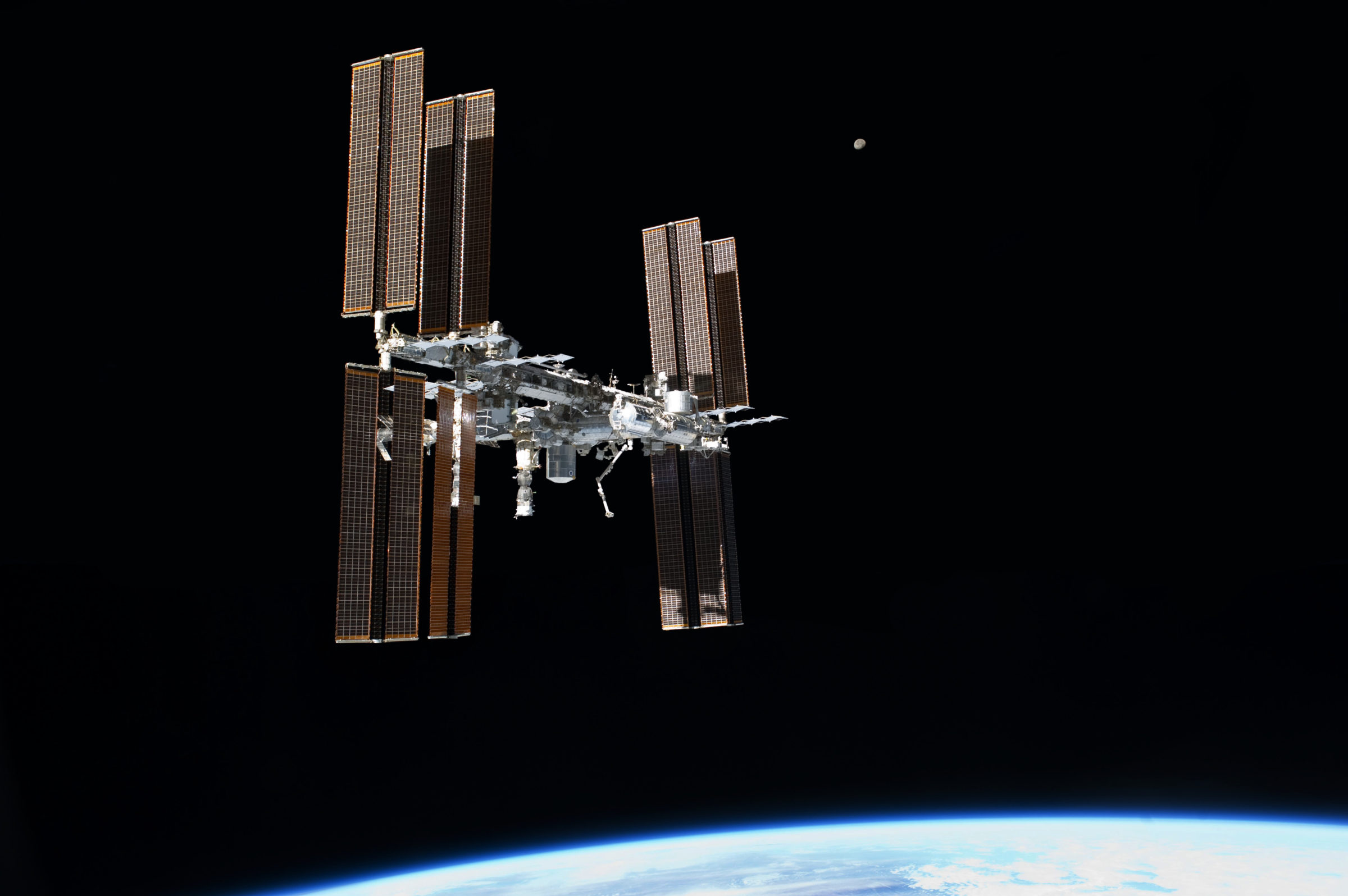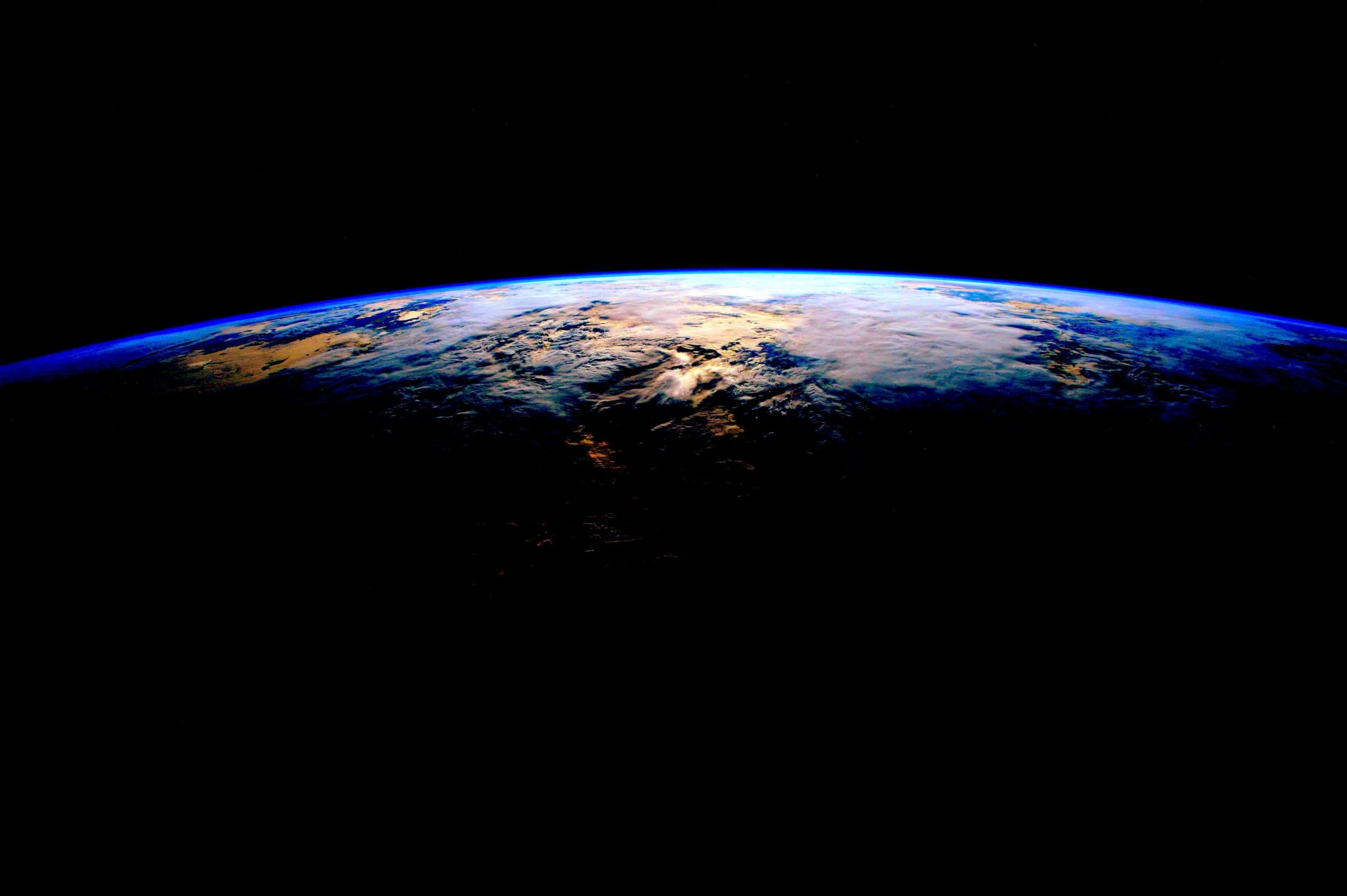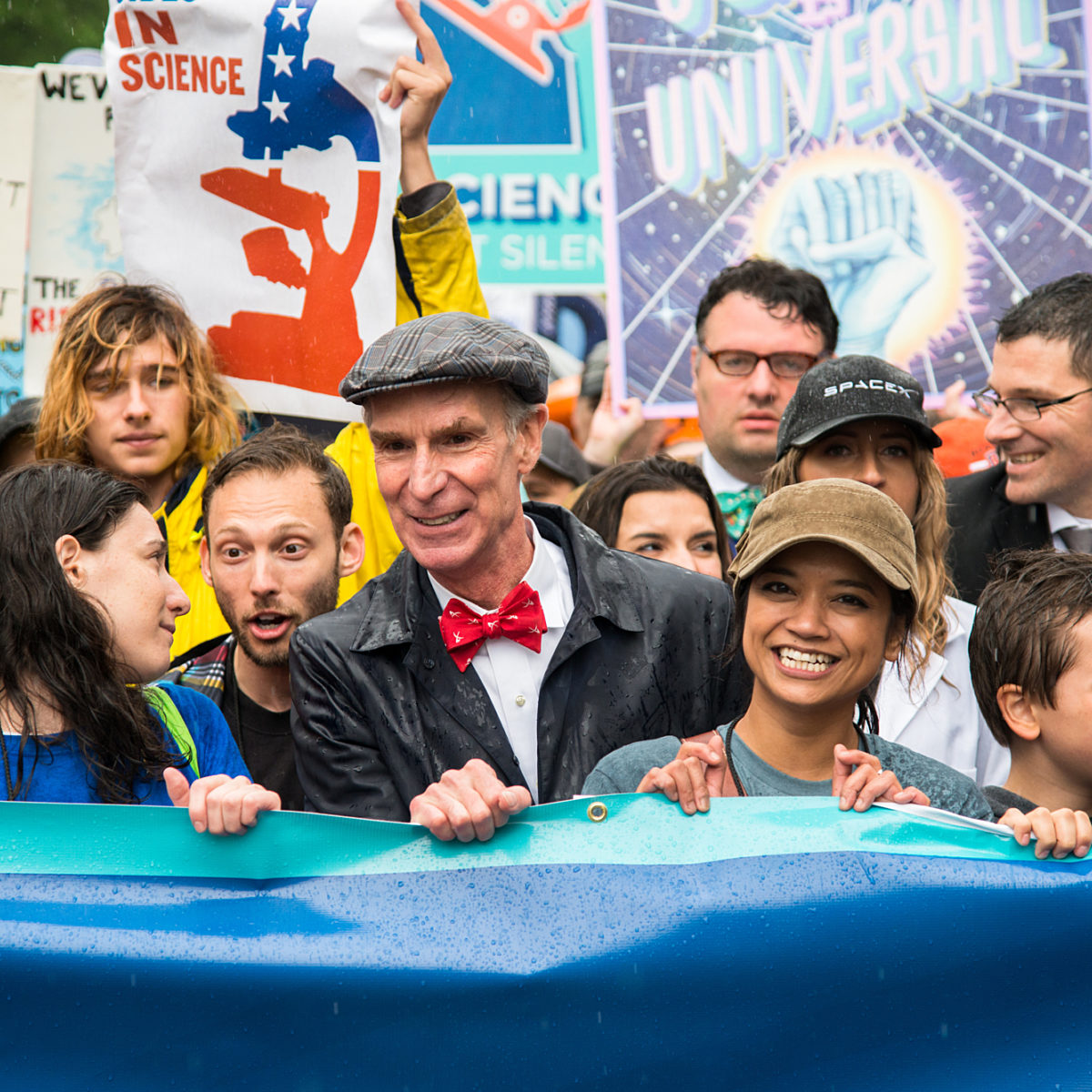International Space Station, preparing humans for deep space exploration
Highlights
- The International Space Station (ISS) is a permanently crewed, multinational space laboratory in low-Earth orbit.
- NASA and its international partners conduct research aboard the ISS that helps us prepare for human deep space exploration missions.
- The ISS shows that multiple countries and private companies can work together for the peaceful exploration of space.
What is the International Space Station?
The International Space Station (ISS) is a permanently crewed space lab in Earth orbit. Continuously staffed since November 2, 2000, it is the longest-running space station program of all time. NASA and its international partners conduct research aboard the ISS that helps us prepare for deep space.
Why we need the ISS
As humans prepare to explore the Moon and Mars, we must understand how astronauts will cope with spaceflight side effects like vision degradation, bone loss, and social isolation. We must also test technologies that will be needed to keep humans alive in deep space, where supply ships and quick returns to Earth are not available.
The ISS shows that multiple countries and private companies can work together for the peaceful exploration of space. Born out of the ashes of the Cold War as a way for the U.S. and Russia to focus on a common goal, the station has largely remained unaffected by Earthly politics. It operates thanks to the cooperation of 15 nations working under formal international agreements.
The ISS holds a special place in popular culture. In the United States, a majority of the public believes astronauts, not just robots, should explore space. Astronauts on the station regularly speak with school children, inspiring new generations of scientists, technologists, engineers, artists, and mathematicians. The station’s societal impact combined with its function as a one-of-a-kind research laboratory enables it to directly and indirectly benefit space science and exploration.
Want to see the ISS for yourself? It's the easiest artificial object to see in the night sky. Use NASA's Spot the Station tools to find out when it will fly over your location.

What's it like aboard the International Space Station?
The ISS core consists of modules launched by U.S. and Russian rockets over the course of 13 years. Additional governmental and commercial components and modules have been added since, with more planned for the future. The station has a
pressurized volume equivalent to a mid-size passenger airplane, with nearly half of that available for the crew.
Astronauts typically staff the station in pairs of three or four-person crews assigned to overlapping six-month missions, with each unique crew complement composing a numbered Expedition (each crew serves on two Expeditions during their stay).
The ISS also hosts private and commercial astronauts not affiliated with NASA or other space agencies. These astronauts usually stay for much shorter periods.
What kinds of experiments are conducted on the ISS?
Science and research aboard the ISS generally falls into four categories:
- Studies on how living in space affects the human body
- Technology demonstrations for future human spaceflight equipment, including experience gained from current operational systems
- Physical science experiments that benefit from the station’s weightless environment
- Earth science and astrophysics instruments that use the station as an orbital platform
How is the ISS maintained?
A fleet of international and commercial spacecraft service the ISS. Current crew vehicles are the Russian Soyuz and SpaceX Dragon. Current cargo vehicles are Soyuz, Dragon, and Northrop Grumman's Cygnus. Future vehicles include Boeing's Starliner for crews, and Japan's HTV-X and the Sierra Nevada Dream Chaser for cargo.
Why does NASA pay SpaceX and Boeing to fly astronauts to the ISS?
SpaceX's Dragon and Boeing's Starliner were created with support from NASA's commercial crew program, a partnership between NASA and private industry to carry astronauts to and from the International Space Station. Unlike previous human spaceflight programs, NASA is a customer buying flights from commercial providers. The agency does not own or operate the spacecraft. The program is helping to lower the cost of spaceflight and potentially create a new commercial market for humans in space.

Academic resources
- Trappe, S., Costill, D., Gallagher, P., Creer, A., Peters, J. R., Evans, H., Riley, D. A., & Fitts, R. H. (2009). Exercise in space: Human skeletal muscle after 6 months aboard the International Space Station. Journal of Applied Physiology, 106(4), 1159–1168.
- Cucinotta, F. A. (2014). Space radiation risks for astronauts on multiple International Space Station Missions. PLoS ONE, 9(4).
Support missions like the International Space Station
Whether it's advocating, teaching, inspiring, or learning, you can do something for space, right now. Let's get to work.


 Explore Worlds
Explore Worlds Find Life
Find Life Defend Earth
Defend Earth


